Update:
I'm writing this because some people might think that this is homework.
I have built a high power class-AB amplifier to connect it to a subwoofer of 2x2ohm 800W RMS. My main problem is that the class-AB amp only amplifies the current and not the voltage. I need something to also amplify the signal voltage.
I have been trying to amplify an audio signal with bandwidth of 10 Hz - 20 kHz. I am amplifying the input signal with +- 1 volt to +-12 volt with an op-amp (TL084.) Then, I use the signal from the op-amp to feed into a class-A amp to amplify the voltage to +- 32 volts but no matter what values I try at any frequency, I can't get a pure sign wave with the required amplitude.
I don't have access to high-voltage op-amps, the supply of the class-A amp is 64 volts and I need 20 mA output current.
Here is an example of what I have tried:
Red is voltage before the output capacitor, green is input signal, blue is output after the filter capacitor.
Update 1:
I tried the circuit with much higher voltage and different resistor values and I did get what I wanted, but it would be impractical to do so with 160 volts. What can I do to improve the efficiency or what other type of circuit I can use to achieve what I want?
Update 2:
Here is a simplified schematic (I have some other capacitors and resistors in for protection and balancing to but they are not in the schematic) of my class-AB amplifier which I have tested at 800 W RMS and it worked fine. I'm only missing a driver for it.
